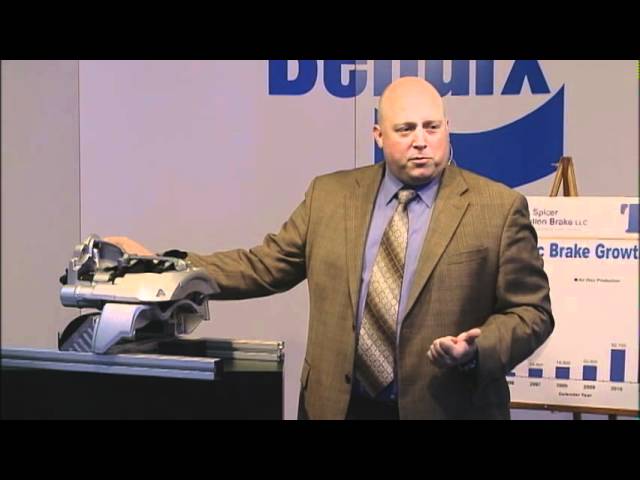Are Air Disc Brakes The Future Of School Bus Braking Systems?
After looking at the pros and cons of both foundation drum brakes and air disc brakes I believe the latter will become more popular. How fast it becomes a mainstay when ordering school buses is hard to say mainly because of the cost. According to one of the bus dealers it’s a $10,000 dollar option.
Justifying The Extra Cost
This is a big jump and no doubt it would be a hard sell to add air disc brakes into a tender and have enough purchasing power to include these systems into our fleet purchase. The way it works right now in BC is a school district sends out a tender and gets back a base price from the Big 3 school bus manufacturers.
The government averages out all 3 bids and includes extra dollars for options. So it’s a matter of looking at the economy of adding air disc brakes to save money and maintenance. The extra funds would be eaten up and other options like tinted windows or diesel heaters might be sacrificed. The 40% extra stopping distance with air disc brakes comes into play as well when you look at the safety factor.
Air Disc Brakes Over View
According to Bendix their air disc brakes get twice the life of a drum brake and takes half the time to perform a brake job. In the video the Tech portion shows the presenter pulling one pin, lifting out a retention bracket and taking out the brake pads with ease. This is definitely a plus with air disc brakes compared to drum brakes simply because of the minimal time spent performing a brake job.
Mechanical fade is avoided because of the rotor expanding towards the brake pads. Bendix has researched and developed metals and brake pad materials that reduce problems when brakes are experiencing high heat. Quality metal designed into a brake rotor is essential and I’ve seen cheap rotors perform badly with hydraulic disc brakes.
The Motor Vehicle Inspection Factor
When servicing air disc brakes there is a required clearance between pad and rotor and the caliper should have movement at all times. There is a minimum wear specification for the brake pad and rotor in the vehicle inspection manual which would take less time to check compared to drum brakes that uses the cam rotation measurement for shoe and drum wear.
In the video it was interesting to learn that the rotor has a chamfered edge so a quick check would reveal rotor wear if the chamfered edge was gone. This could shave about half an hour off an MVI because of the easy visibility of the air disc brakes. Brake faults would be noticed more easily because of the overall access to the disc brake assy.
One objection I have is the mud, water and snow that gets in and around disc brakes. The Bendix version is a one piece casting and it looks like it would do a good job of blocking out some of the problems weather creates. Since the design is quite different than hydraulic caliper brakes I would have to see for myself how they perform during a Canadian winter.
Great Braking Technology
Bendix has been around for a long time and a very trusted source in braking technology. I am sold on their air disc brake design. Their version decreases braking distance by 40% more than the FMVSS (Federal Motor Vehicle Safety Standards) requirement.
The maintenance and downtime is decreased along with a savings in time performing a motor vehicle inspection. The extra cost to add air disc brakes into a fleet purchase of 6 8 school buses is significant which would be the only hurdle to overcome.
I can see air disc brake gain in popularity as far as school buses go however brakes take a back seat to fuel economy and the green energy push our government wants to promote. The cost of fuel as it goes up and down is a huge factor with our budget and it will always be a priority.
Please comment with your feedback especially if you are using air disc brakes right now. I would be interested in reading how they are working for you.







